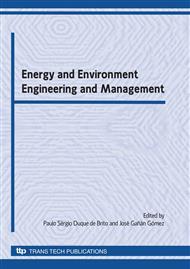p.1
p.9
p.15
p.21
p.27
p.35
p.41
Low Environmental Impact Machining Processes of Composite Materials Applied to the Aerospace Sector
Abstract:
In the last decades, technologically innovative processes performed in advanced materials such as Carbon Fibre (CF) and Metal Matrix Composites (MMC) have continuously increased because of these materials find increasingly applications in the most of the industrial sectors, particularly in aeronautical industry. This is caused by their excellent relationship weight/mechanical properties. Although there is a high trend to apply and develop non-conventional technologies and methods for machining CF and MMC, other common machining processes are commonly applied for working these materials. Thus, in aeronautical industry, mechanical drilling processes are usually applied for preparing the manufactured elements to be assembled. However, drilling of CF based materials can carry on troubles related to a loss of surface finishing quality and/or quick and high tool wear. This work reports on the results about an evaluation process of the surface quality of drilled CF samples as a function of the cutting conditions and the tool materials.
Info:
Periodical:
Pages:
15-19
Citation:
Online since:
April 2010
Keywords:
Price:
Сopyright:
© 2010 Trans Tech Publications Ltd. All Rights Reserved
Share:
Citation:


